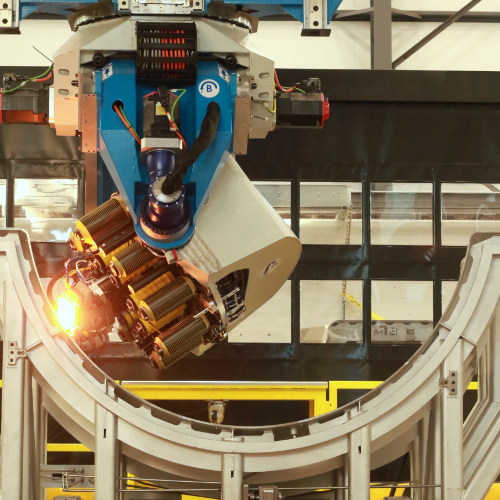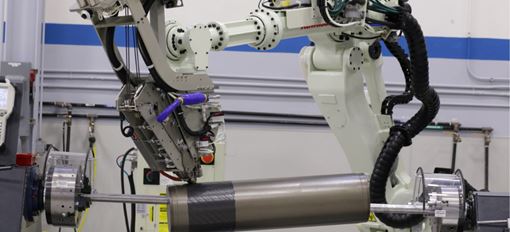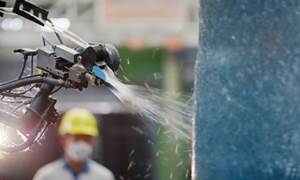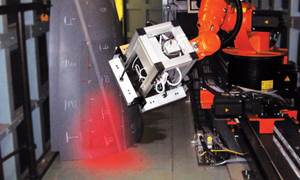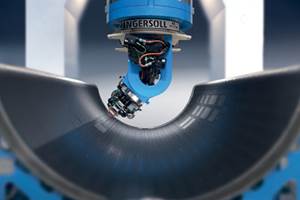Automated Fiber Placement
Automated Fiber Placement (AFP) has been in use for several decades. Growing out of ATL process refinements, AFP focuses on the placement of one or more strips of material called “tows” onto a form.
While traditional hand layup methods can deposit a few pounds of material per hour, AFP can deposit over 100 pounds (45+ kg) per hour at a rate of over 3,000 inches per minute (+75 meters per minute), depending on part geometry. This increased capability, alongside the increase in reliability brought about by automation, helps explain the widespread use of AFP among large aerostructure manufacturing firms. AFP facilitates the production of many primary and secondary aerostructures including fuselages, wing spars, wing skins, intake ducts nacelles, and more.
While AFP has historically been used to produce large, mostly flat structures, in recent years, hardware capability has advanced to support the production of smaller, more complex forms. This has been achieved primarily through the increased use of robots.
Robot-mounted AFP systems allow for highly-contoured parts to be manufactured by increasing the machine reach compared to gantry systems and can be combined with horizontal or vertical rotators to further increase producibility. When combined with the fact that robotic systems can be cheaper than large gantry systems, it is easy to see how their popularity would rise over time.
The biggest drawback with robots has been reduced accuracy compared to other systems. This challenge has been overcome in recent years due to increased joint feedback systems and better hardware all around.
